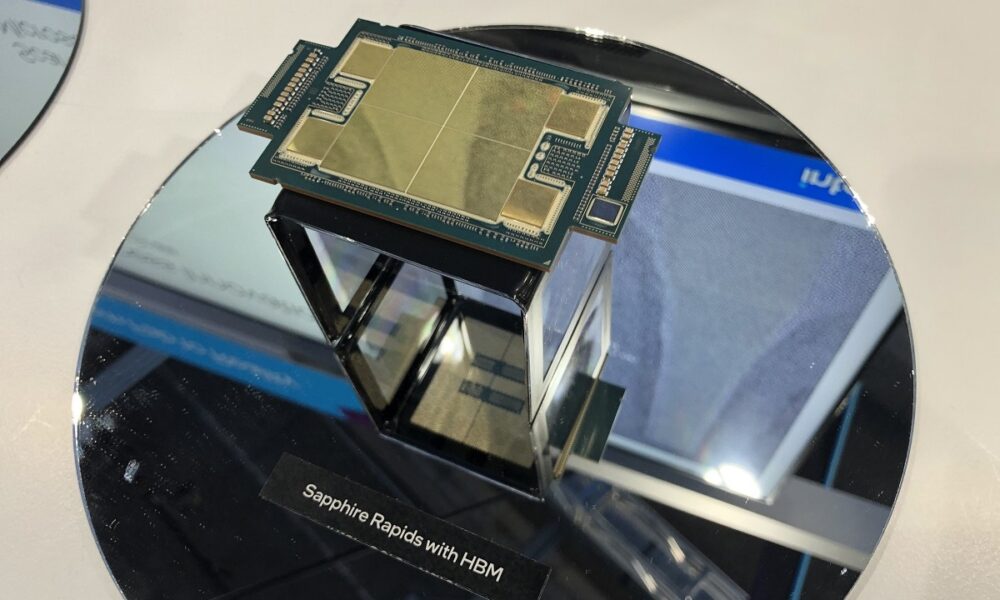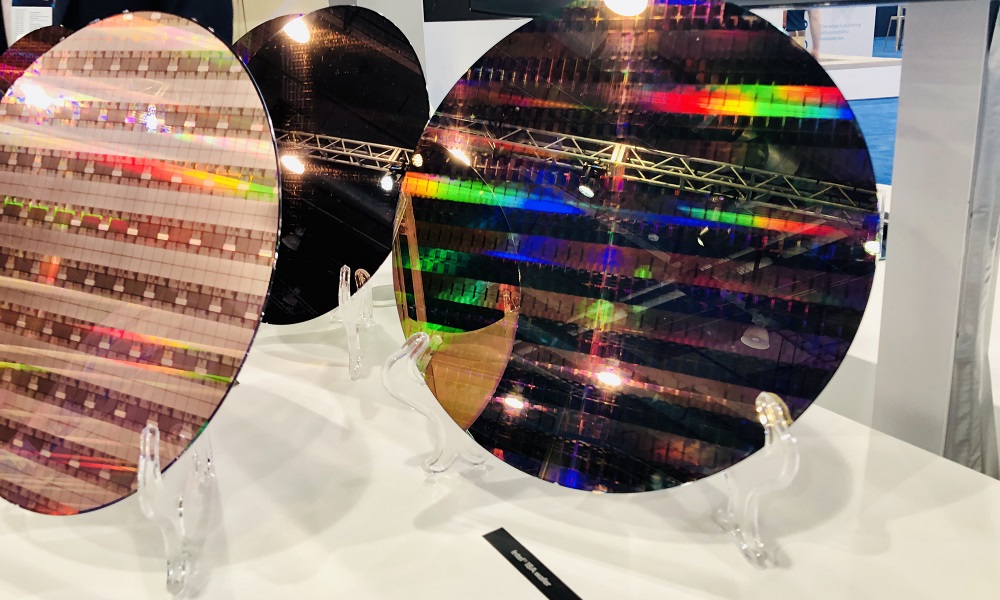
After numerous delays, we finally have the definitive launch date for Intel Sapphire Rapids, a generation of high-performance processors for the professional sector with which the chip giant fully committed to the use of interconnected chiplets. We have already talked about this architecture in the last few months, and as our regular readers will remember, the Intel 7 (2nd generation 10nm SuperFin) manufacturing node has been used.
In the end, the forecasts launched by the well-known analyst Ming-Chi Kuo, who said that the launch of Intel Sapphire Rapids would not take place until 2023, have been fulfilled. The fundamental reason why Intel decided to delay the launch of this new generation of processor was, according to the firm TrendForce, the low success rate per wafer it was registering. A low hit rate per wafer not only drives up production costs, but could also lead to major supply problems.
This information contrasts with Intel’s statements, which It said that the Intel 7 node performed very well on the wafer. Be that as it may, it is clear that something was not quite rightotherwise the chip giant would not have had to delay the launch of Intel Sapphire Rapids several times. In the end, the important thing is that the situation has improved, and that these new processors are ready to hit the market.
Intel Sapphire Rapids will use the Golden Cove architecture and the Eagle Stream platform with Socket E. They will be configured with up to 56 cores and 112 threads (four chiplets in total), will have a maximum of 112 MB of L3 cache memory, will support 4800 MHz DDR5 memory natively, will have a maximum TDP of 350 watts, and will offer full support of the PCIe Gen5 standard with up to 80 lanes available.
The Santa Clara giant will also launch a version of Intel Sapphire Rapids equipped with HBM2e memory. The top-of-the-range configuration will have 64 GB of said type of memory, and thanks to this the performance should improve markedly in applications that can take advantage of the enormous bandwidth of said type of memory that, in general, it seems that it is going to act as if it were a huge reserve of last level cache.
A few months ago we saw a huge leak that collected the details of all models and versions that Intel could present, so I invite you to take a look if you could not see that information at the time.




